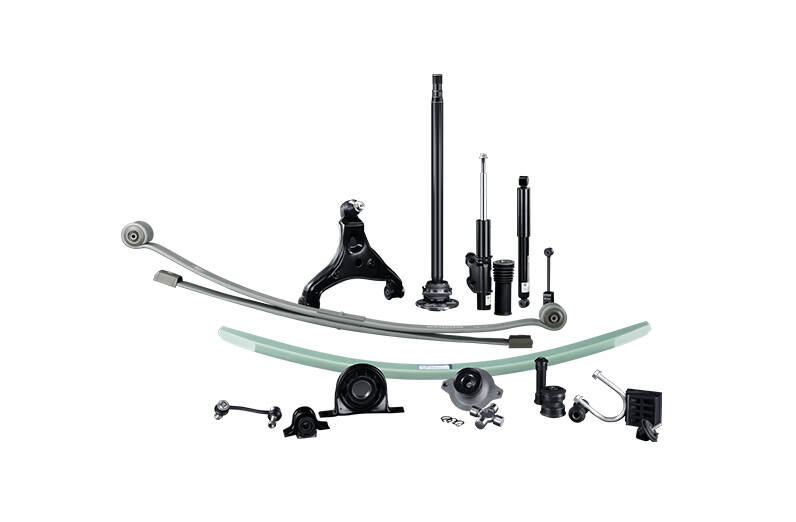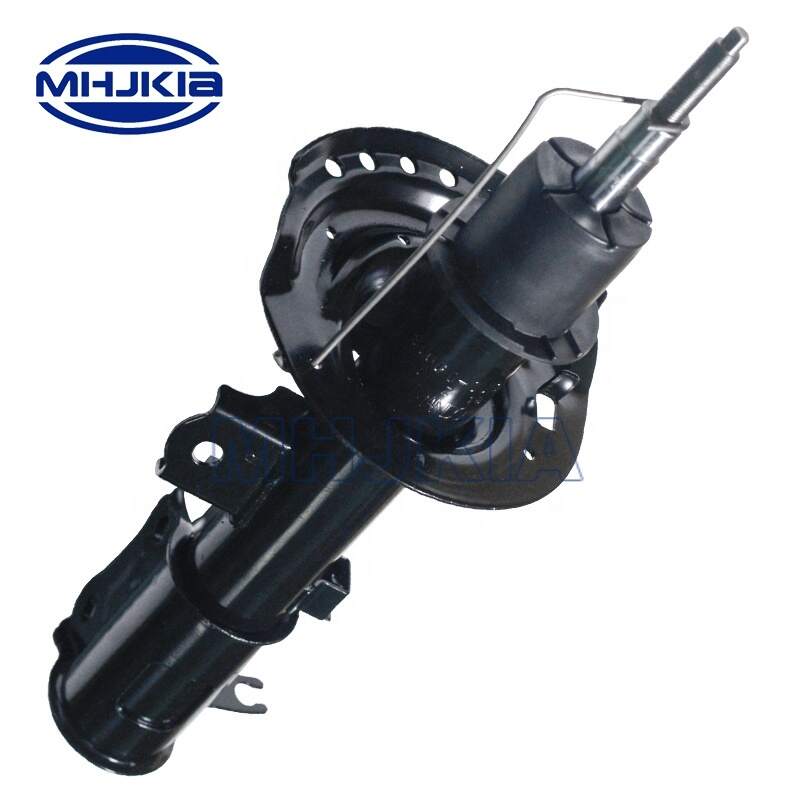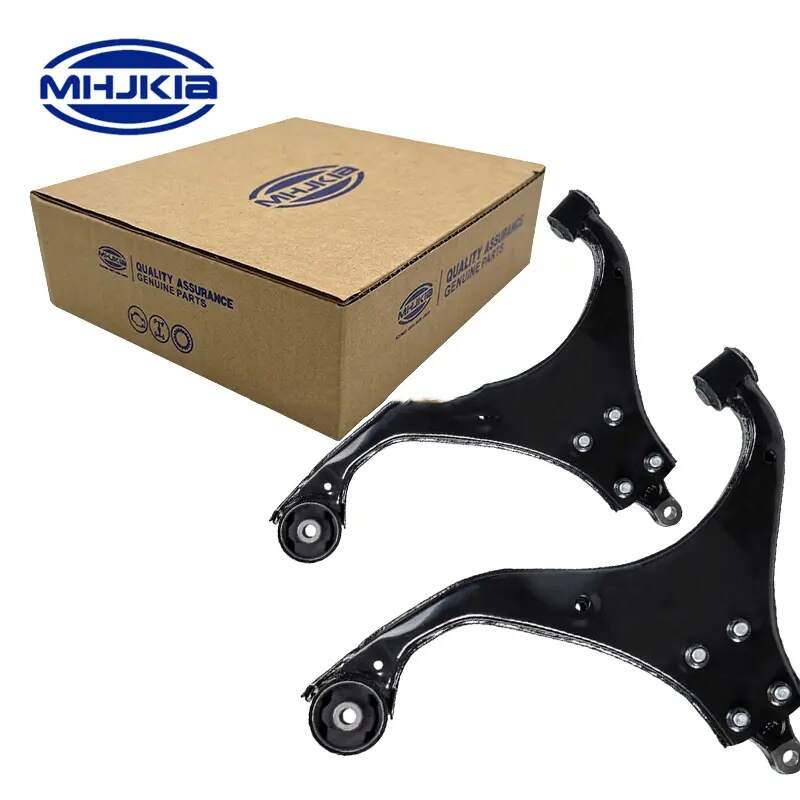Email cannot be empty
Password cannot be empty
Email format error
Email cannot be empty
Email already exists
6-20 characters(letters plus numbers only)
The password is inconsistent
Email format error
Email cannot be empty
Email does not exist
6-20 characters(letters plus numbers only)
The password is inconsistent

News
Company news and exhibition information

How to regularly maintain and inspect Hyundai vehicle suspension system components?
I. Introduction
Maintaining your Hyundai vehicle's suspension system is essential for a smooth and safe driving experience. The suspension system plays a key role in vehicle handling, ride comfort, and overall safety. Regular maintenance and inspection of suspension components can help identify potential risks before they occur, thereby ensuring the longevity of your vehicle and a safe driving experience.
II. Tips for Regular Maintenance
A. Check for signs of wear
Visual inspection: Regularly inspect suspension components such as springs, control arms, and bushings for signs of wear. Look out for cracks, wear, or any unusual deformations.
Listening: Watch out for any unusual sounds while driving, such as clicks, squeaks, or rattles, which can indicate worn suspension components.

B. Check for leaks
Shocks and struts: Check shocks and struts for any signs of leaks. Oil spots on components usually indicate a malfunction and need to be replaced.
Oil level: Although not directly related to the suspension, make sure the hydraulic oil level is at the correct level for all active suspension systems.
C. Lubricate Moving Parts
Joints and Bushings: Apply an appropriate lubricant to joints and bushings to reduce friction and prevent wear. Check manufacturer specifications for recommended grease types and lubrication intervals.
Pivot Points: Make sure all pivot points on the control arms and stabilizer bars are lubricated as recommended in the service manual.
III. Inspection Procedures
A. Check Shocks for Leaks and Damage
Visual and Physical Inspection: Check the shock body for any obvious damage, such as dents or rust. Press on the body; if the body bounces more than twice, the shock may need to be replaced.
Perform a Bounce Test: Check that the vehicle returns to a stable position after bouncing, which indicates that the shock is in good condition.

B. Check Control Arms for Cracks or Bends
Visual Inspection: Carefully inspect the control arms for signs of cracks or bends. Pay attention to the area around the mounting points.
Bend Test: Gently push and pull on the control arm to check for any unusual movement, which may indicate wear.
C. Test the suspension for proper alignment
Alignment Check: Check your vehicle's alignment regularly, especially if you notice uneven tire wear. This can help diagnose suspension problems.
Steering Feedback: Monitor the responsiveness of the steering wheel. If the wheel drifts or feels off-center, it could indicate an alignment issue that needs attention.
IV. Conclusion
Regular maintenance and inspection of your Hyundai vehicle's suspension system is essential for safety and performance. By keeping an eye out for signs of wear, checking for leaks, lubricating moving parts, and following proper inspection procedures, you can ensure your vehicle remains a safe and reliable driver on the road. Make a habit of performing these checks regularly or consult a professional mechanic for a comprehensive inspection to avoid unnecessary repairs and maintain optimal vehicle performance.

